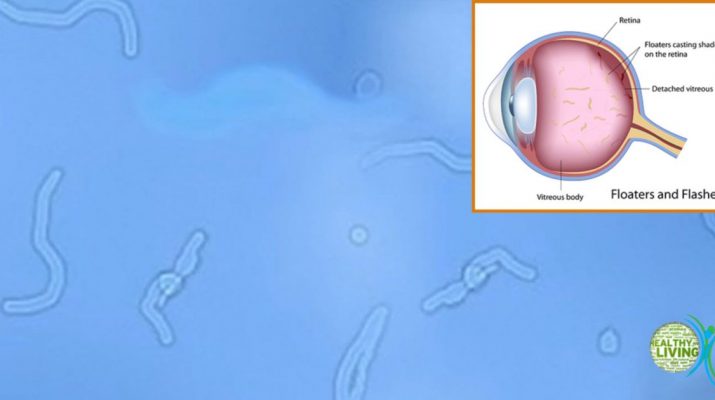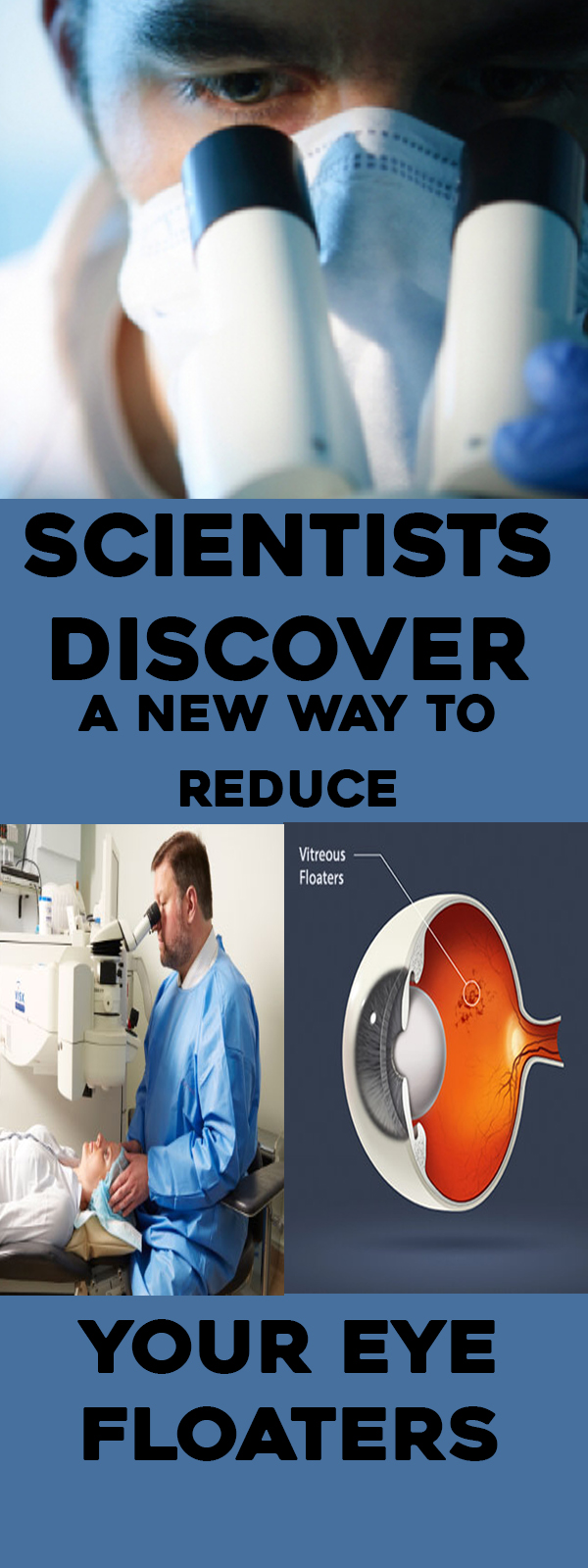We have all seen those twisted “floater” objects that sometimes appear in our eyes and interrupt our vision. Well, experts have been working on finding a solution to eliminate them for good.
The scientific study evaluating this brand new treatment was revealed a few days ago in the popular JAMA Ophthalmology journal.
Before we go into details, let’s define these floaters. In most cases, they appear like twisted strands that usually occur in the peripheral vision even though they can also look like cloudy specks or black dots.
The typical squiggly floater comes as a result of the presence of proteins known as collagen that is floating around in the dissolved fluid in our eyes. When the eyes are exposed to light, we actually see the shadows of these proteins.
In most cases, these “objects” can be ignored, but it turns out that for some individuals, these nuisances can become so difficult that they have an impact on the vision. In the most serious situations, these floaters are a sign of retinal detachment or even a retinal tear.
However, in most cases the majority of people have them and there is no room for panic. Even though there are surgeries that can address the most severe cases, the fact is that there are no special pharmaceutical drugs that can help people treat this condition.
A scientific study, led by Dr. Jeffrey Heier and Dr. Chirag Shah from the Ophthalmic Consultants, Boston, was focused on finding a solution that is non-invasive and simple. According to these experts, laser treatments have been used for this purpose for many years, but the results were not analyzed by any serious scientific study.
That’s why they have included 52 patients in their study. 16 of these patients were given a placebo treatment based on a very weak dud laser and 36 of them got a standard YAG laser vitreolysis used in cases like this.
About half a year after the treatment, more than 50% of the patients treated with YAG laser have witnessed a great improvement. The placebo group has seen less than 10% success. In addition, it’s worth mentioning that the treatment was safe because none of the patients have seen any side effects.
Of course, the scientists have to conduct more research before this treatment is accepted as the best one for a problem like this. The authors of the study have pointed out that they have analyzed a relatively small group of patients and the follow-up period was relatively short too.
This means that they cannot tell more about the long-term consequences. Hopefully, they will continue with the research and motive other scientists to do the same.
Source: IFL Science


